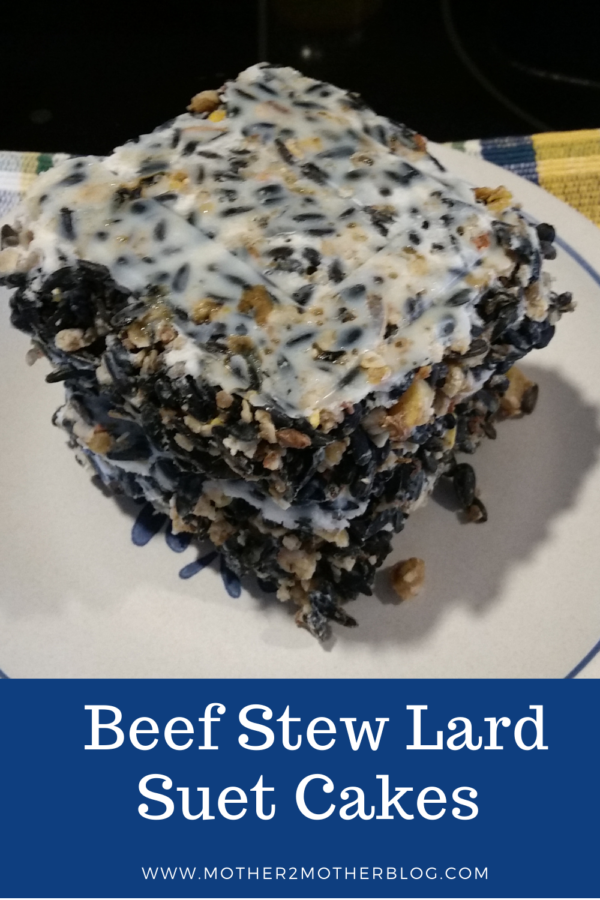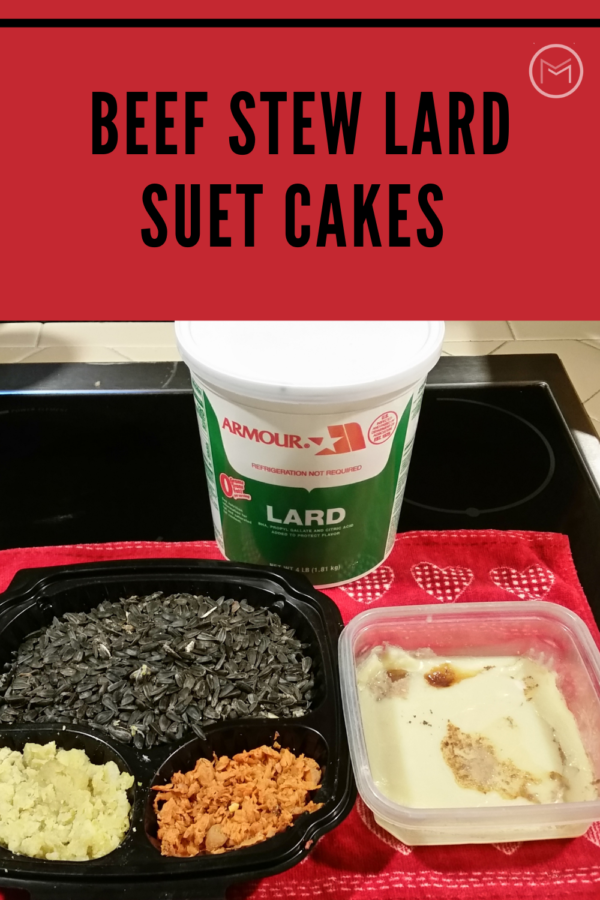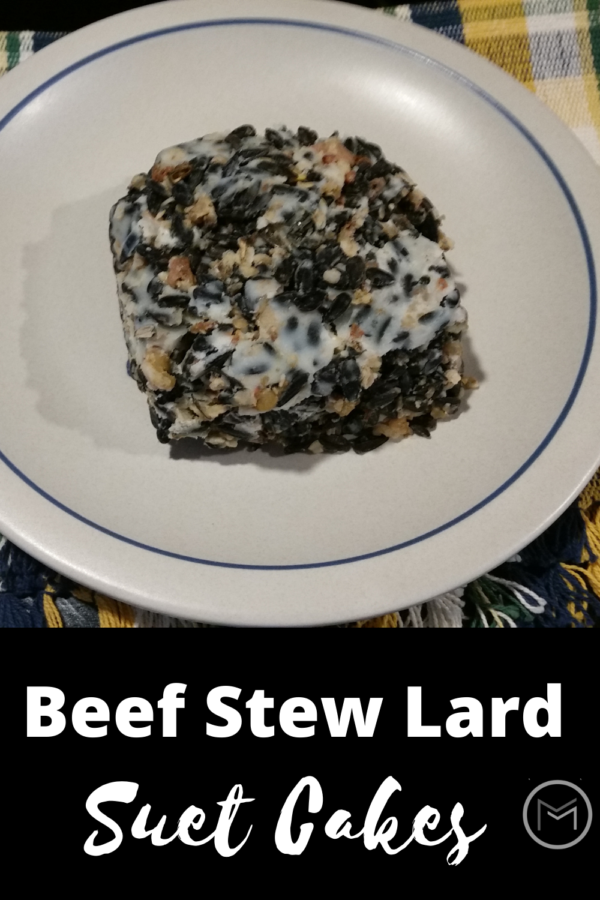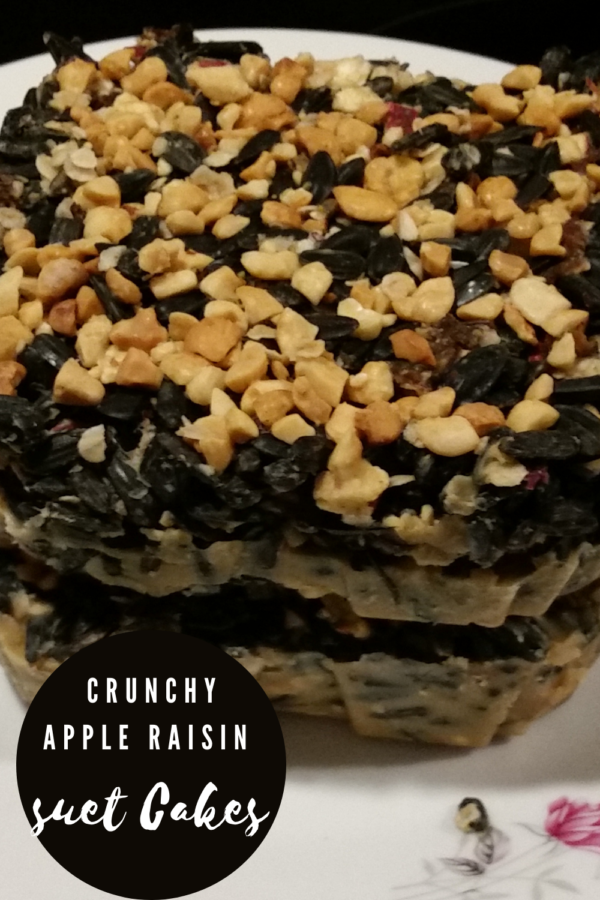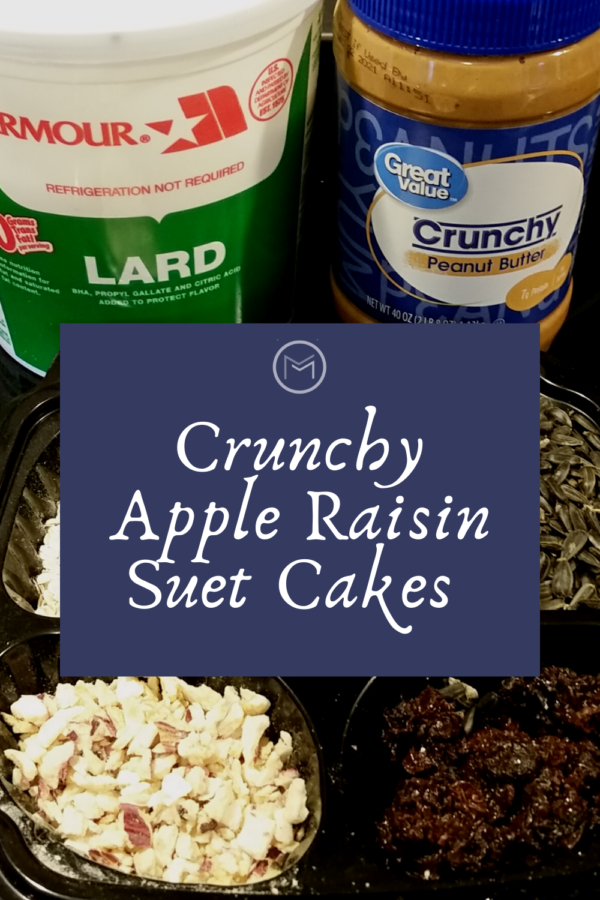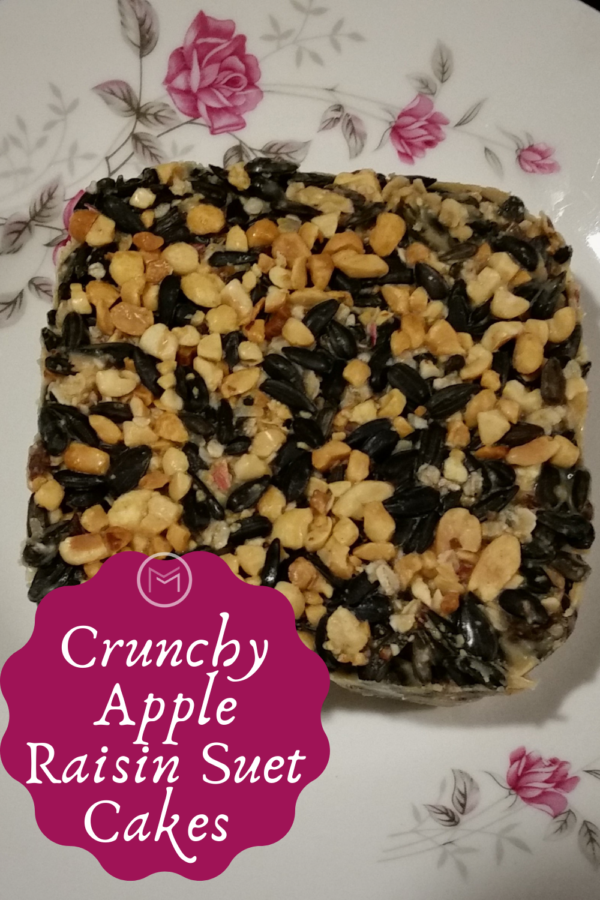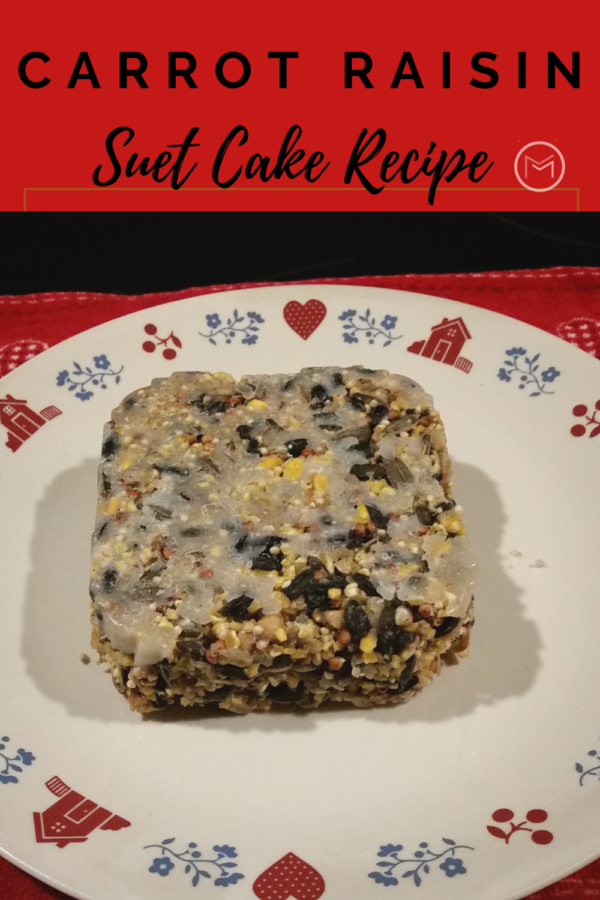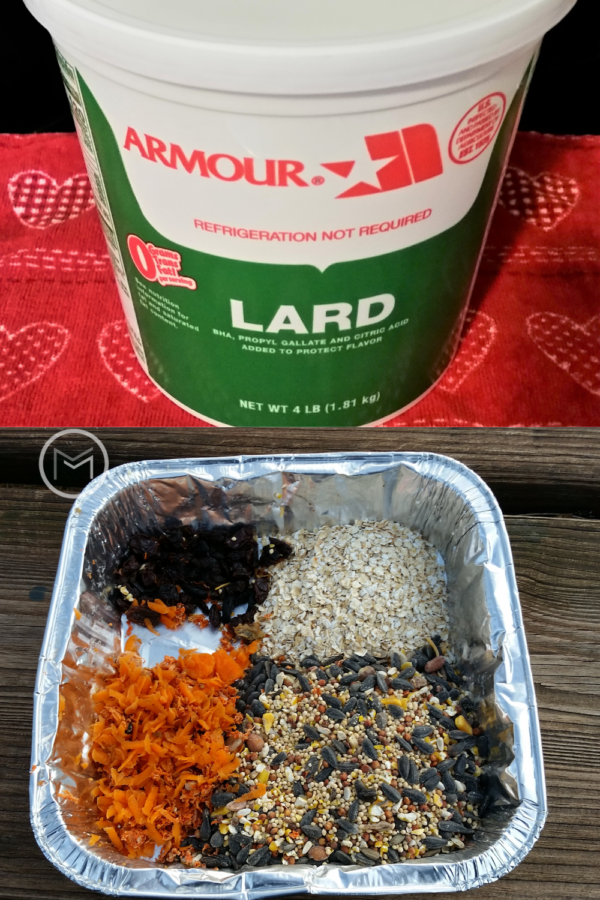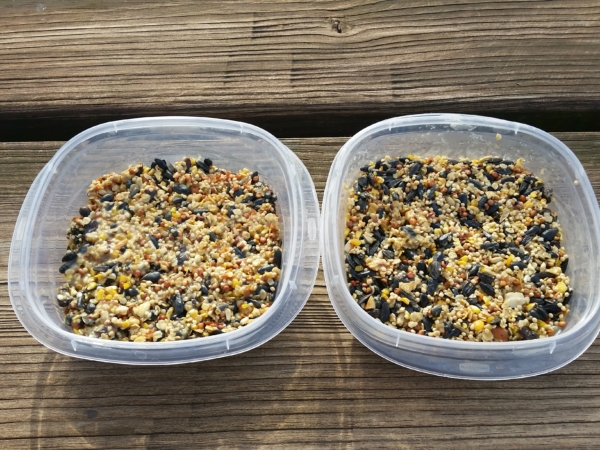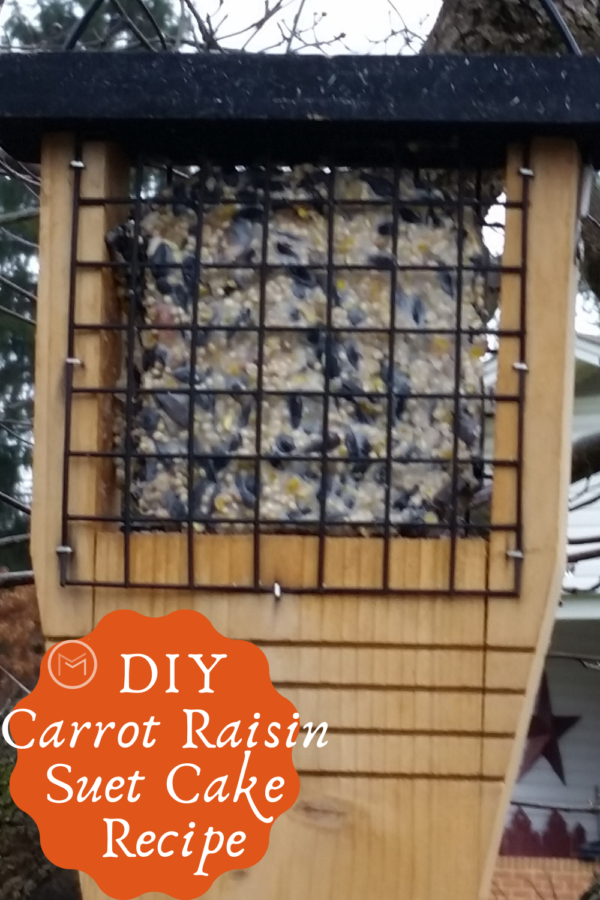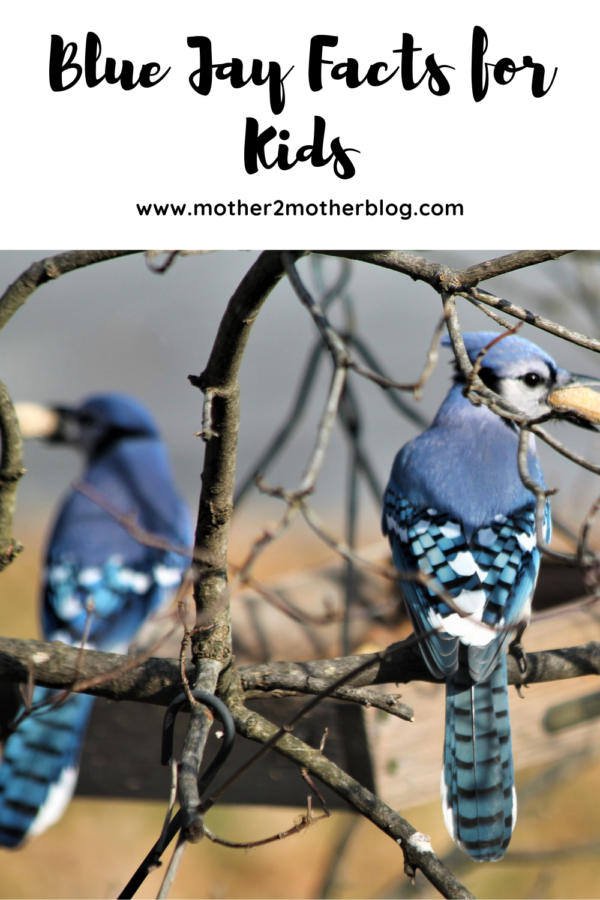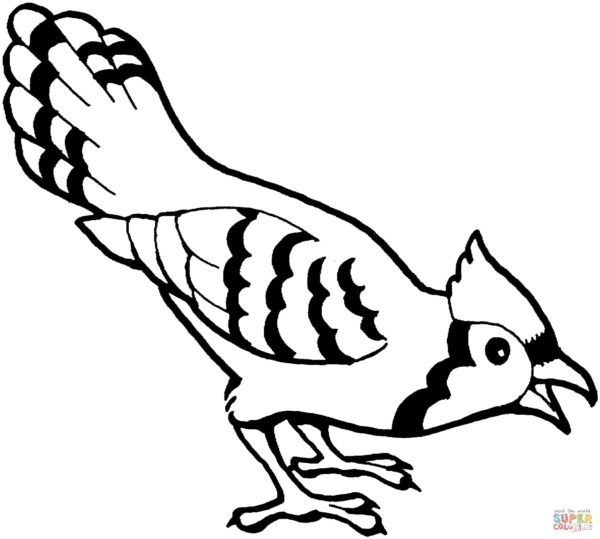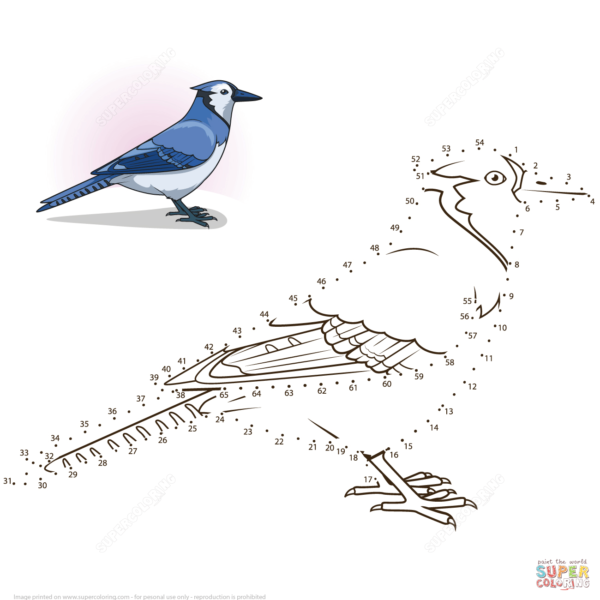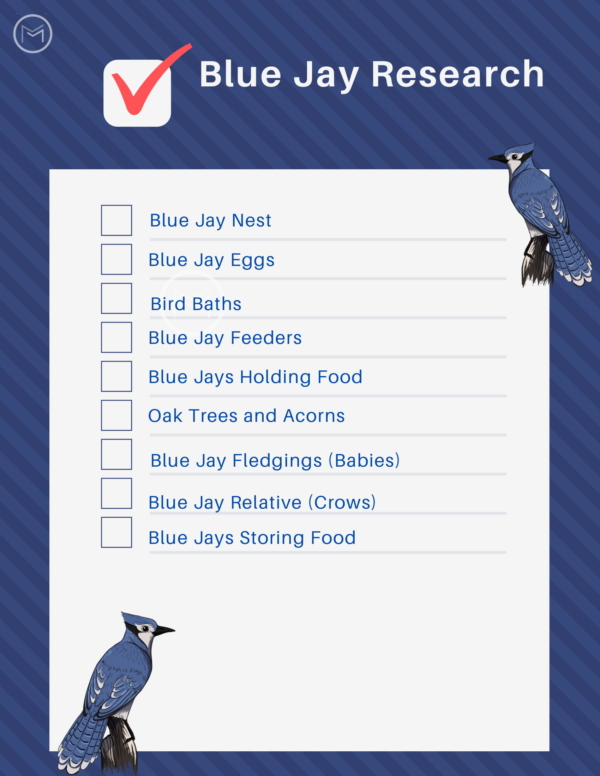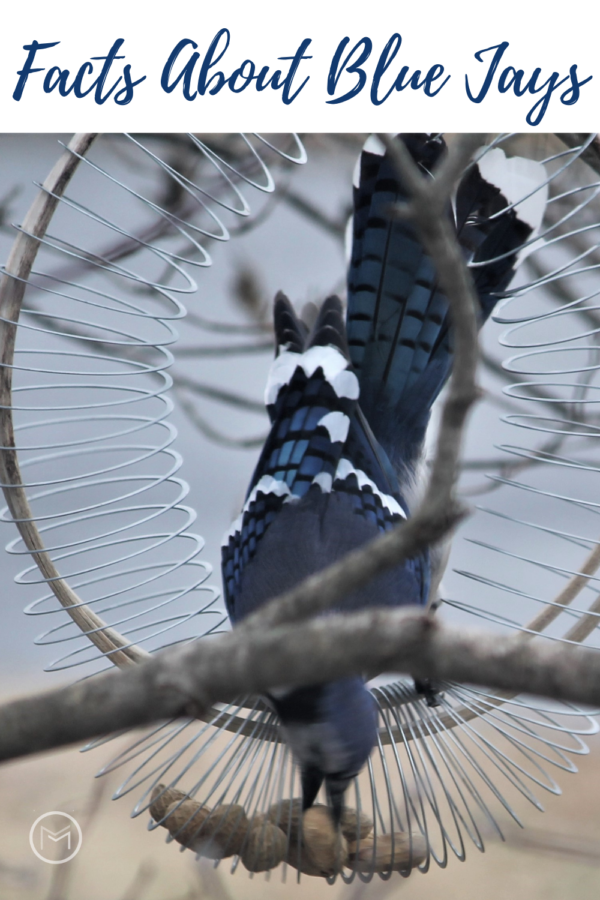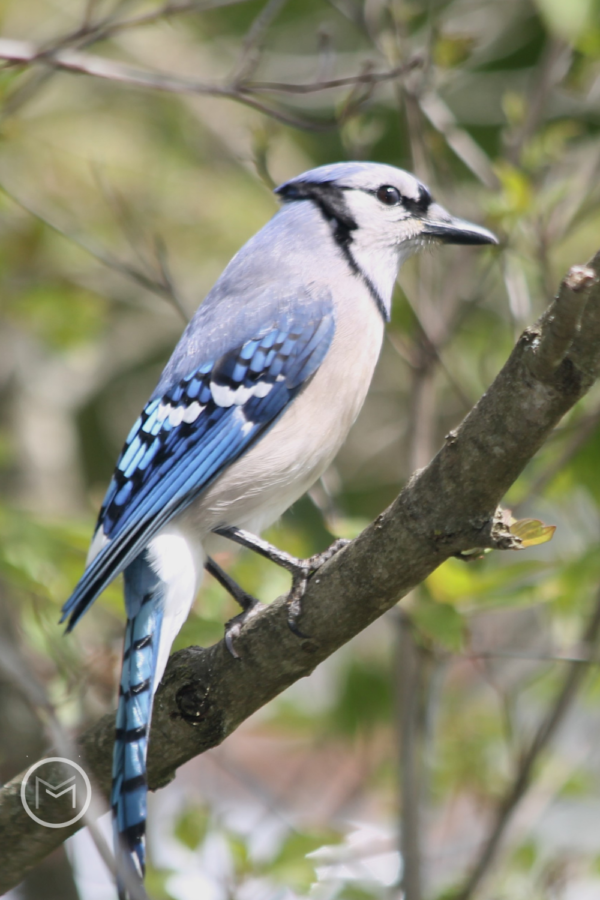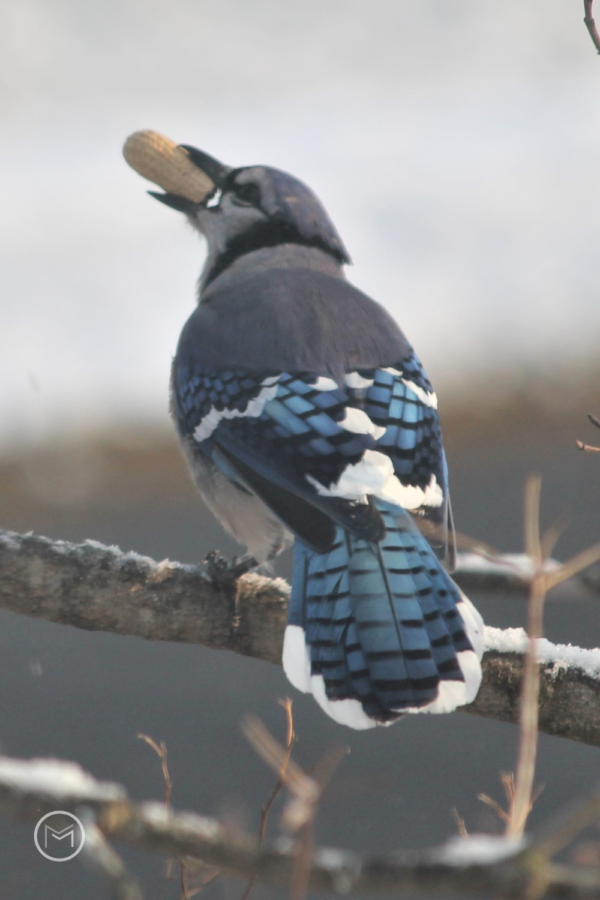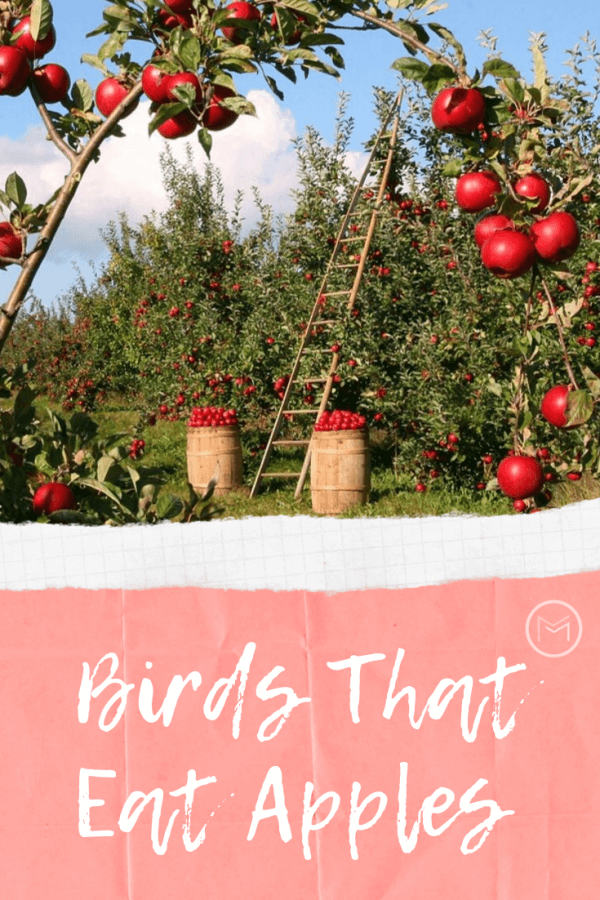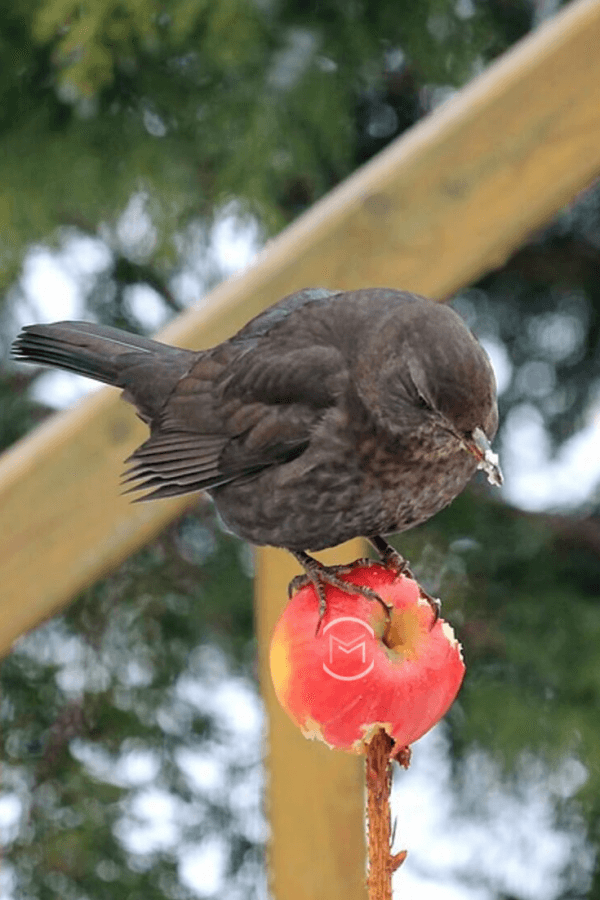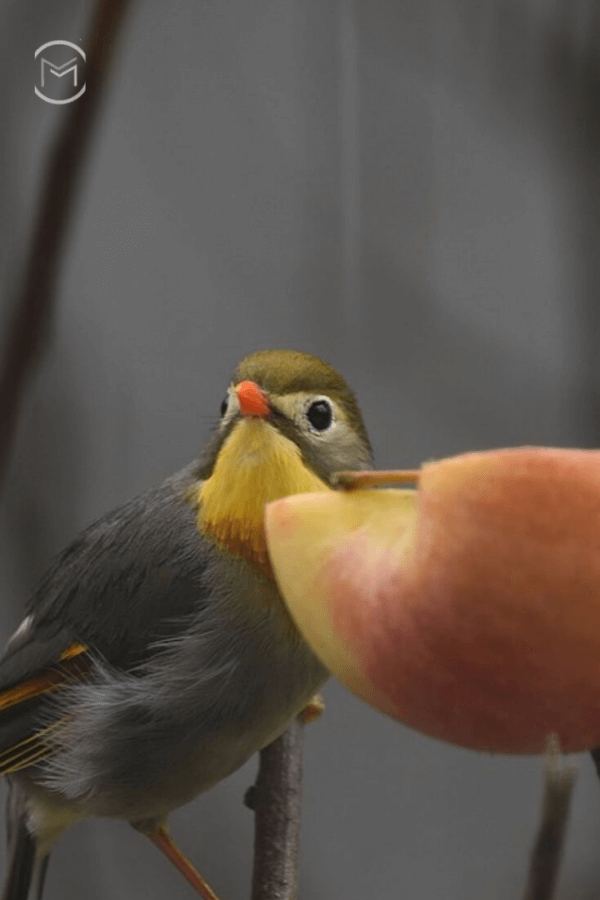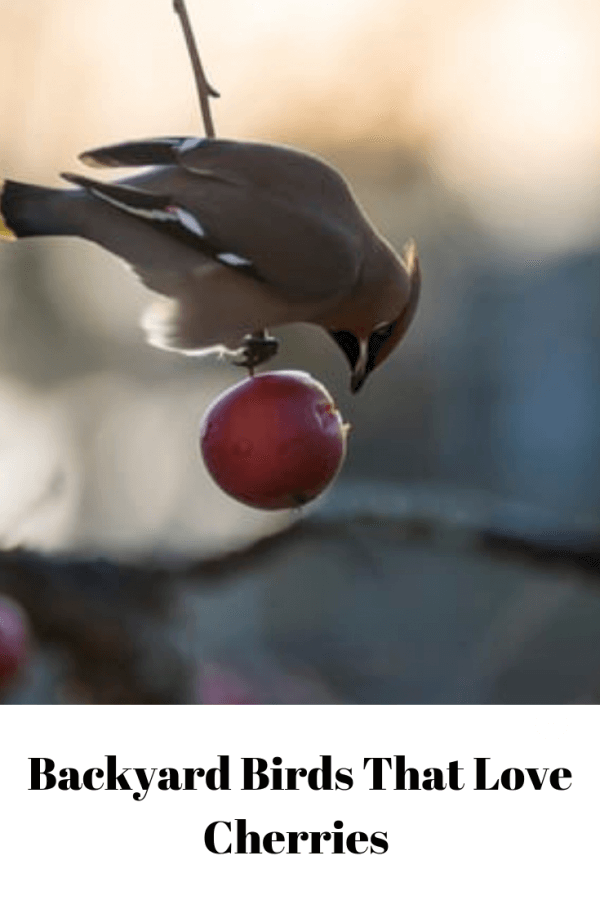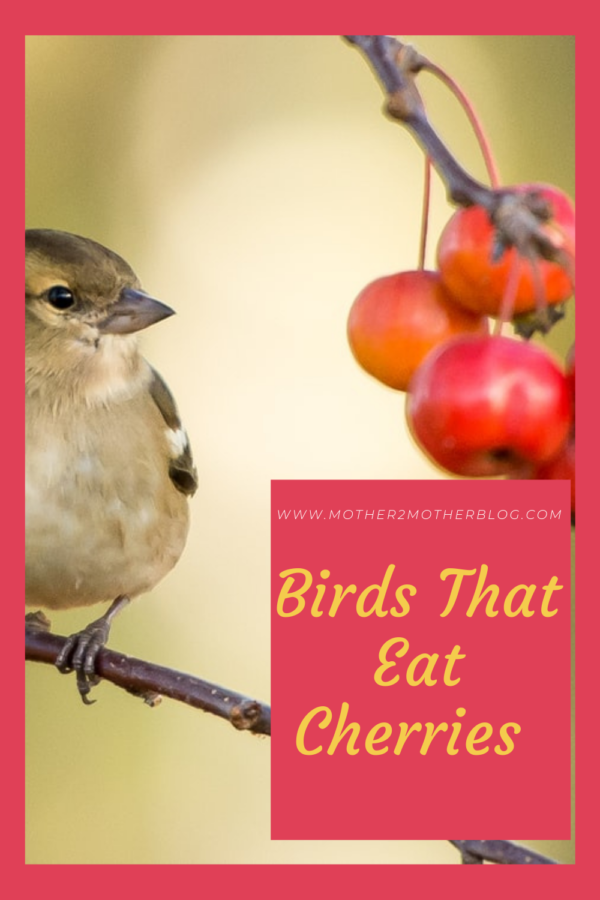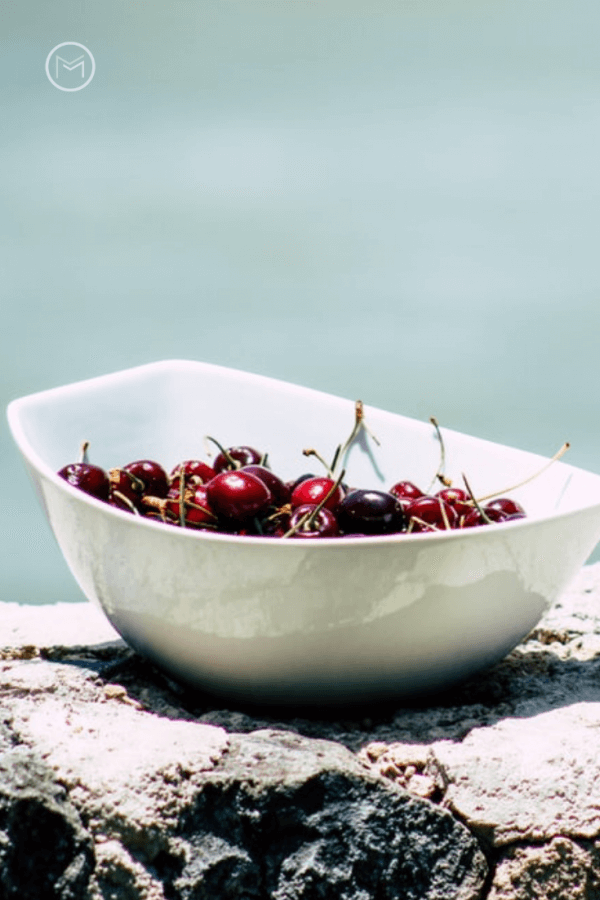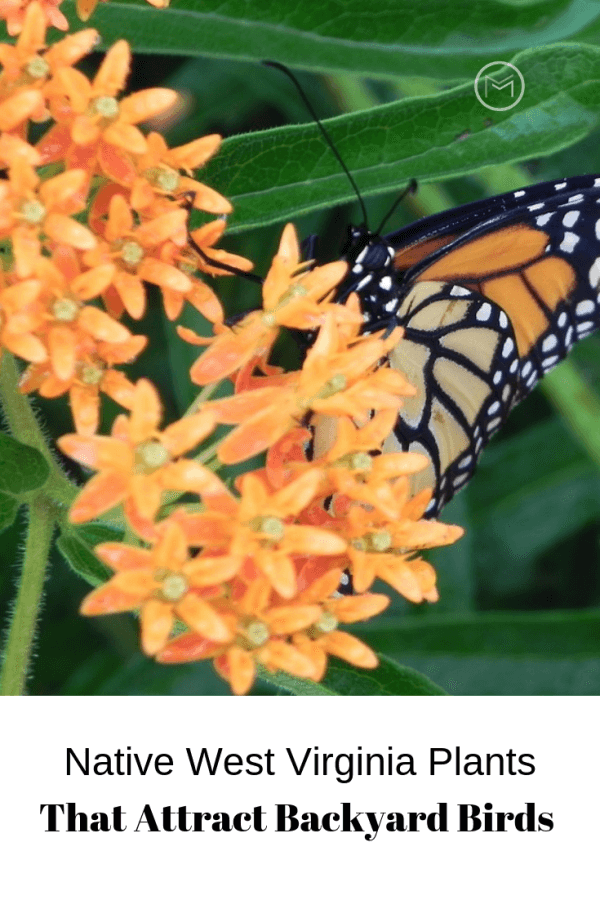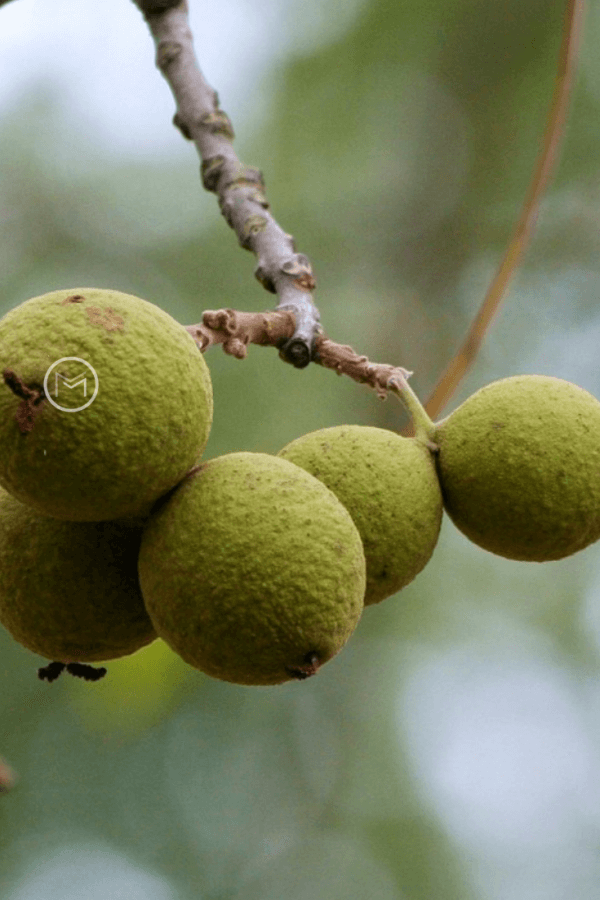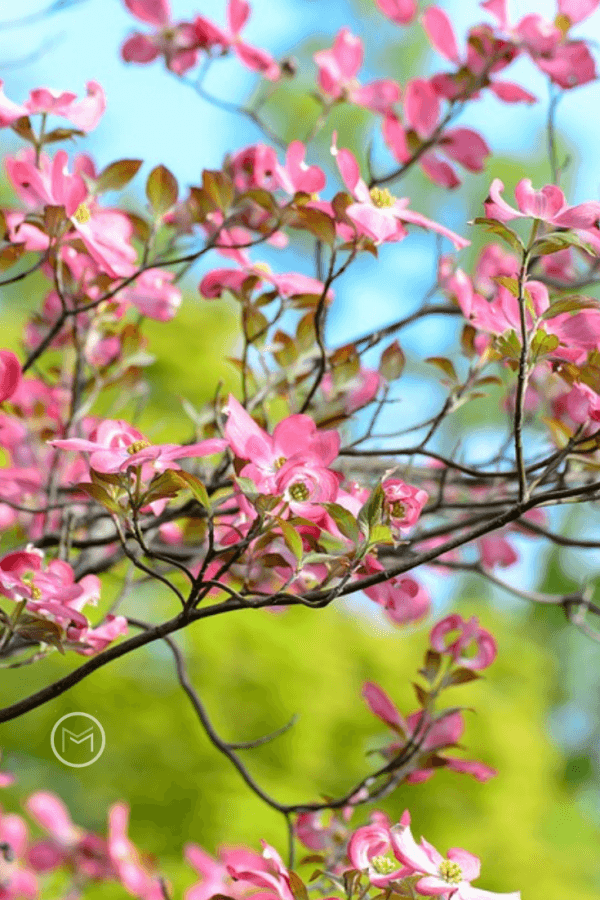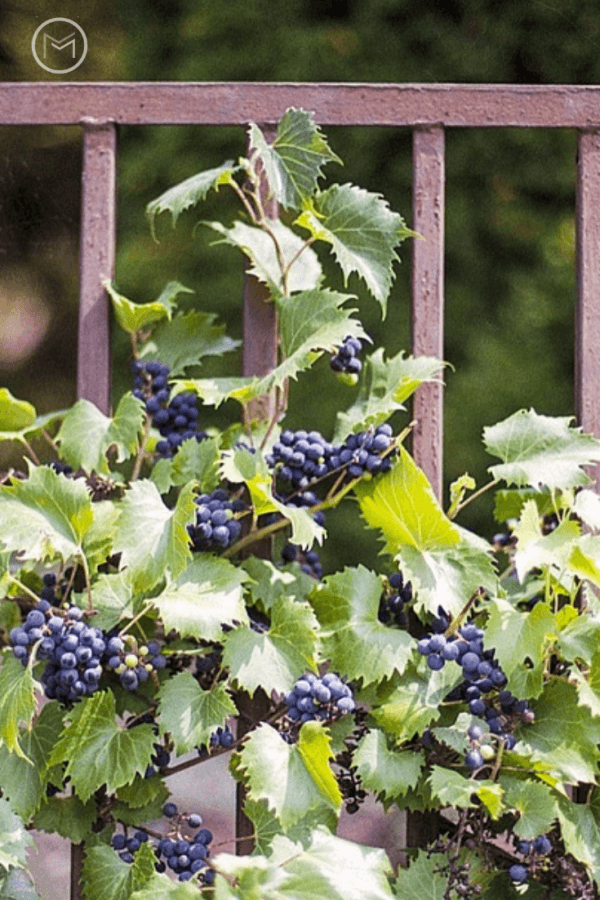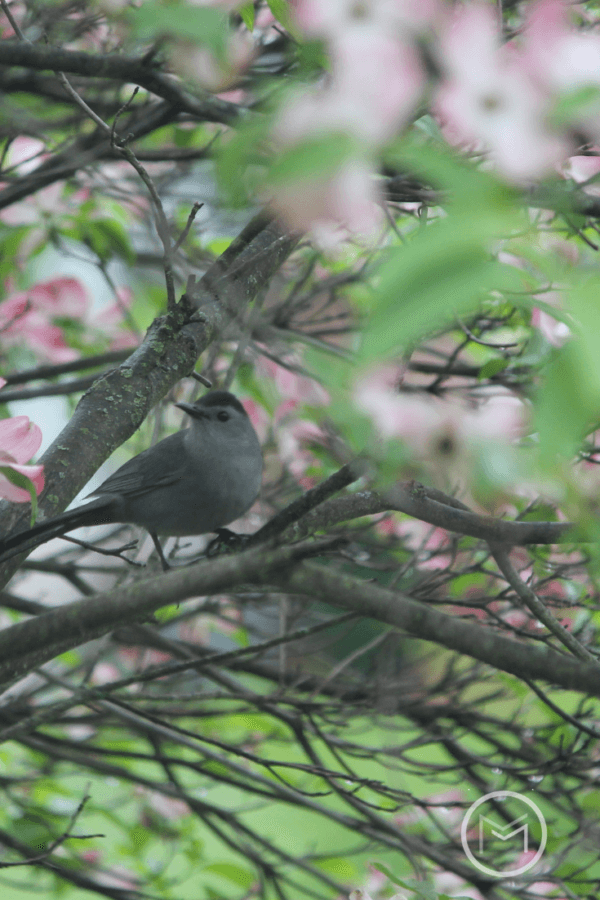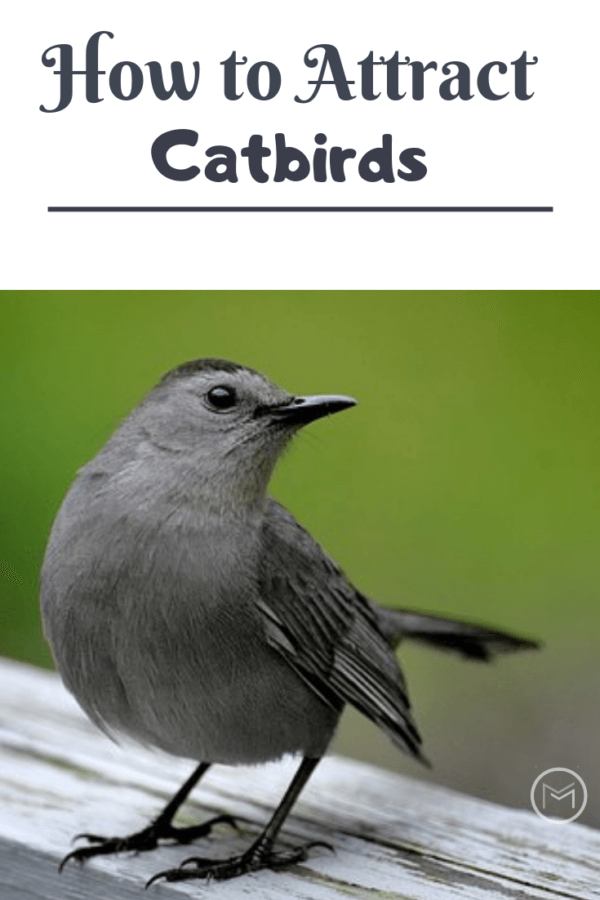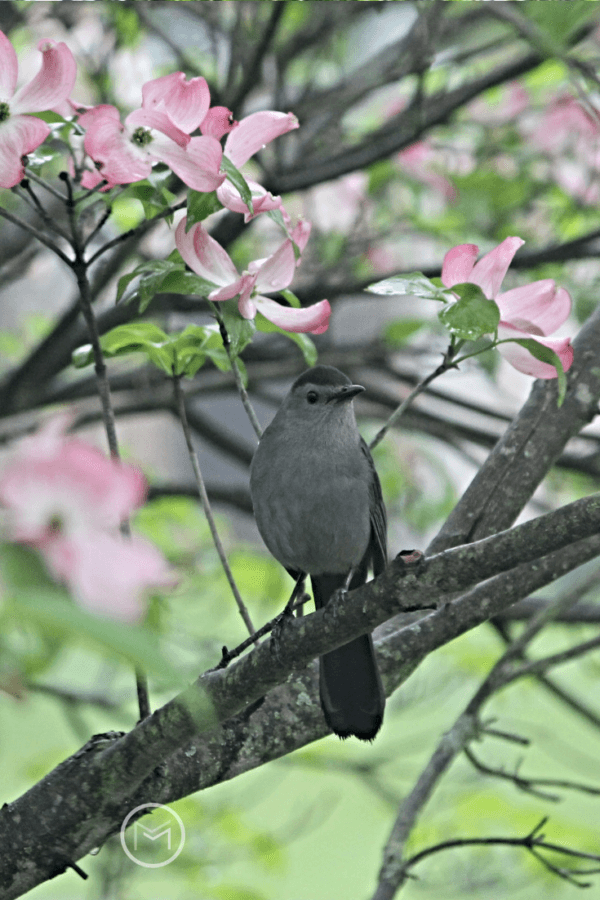Today, I’m sharing tips backyard birding tips on Attracting the Pileated Woodpecker. The Pileated Woodpecker is the largest member of the woodpecker family. It’s beautiful red crest comes from the Latin word Pileatus, which means capped.
The Pileated Woodpeckers are huge birds, and absolutely beautiful. Because they birds are so large, having large, standing trees is a must if you want to attract them to your backyard. If you don’t have large trees on your property, having woods nearby or on an adjoining property will do. Pileated Woodpeckers love to munch on ants, beetles, wild fruits and nuts. They are known to pull bark off trees to feast on ants. Furthermore, they need large trees to bore large holes for nests. The female pileated woodpeckers selects her mate based on the best nest sight for her babies. If it’s not a large tree with nice big holes, he can forget it.
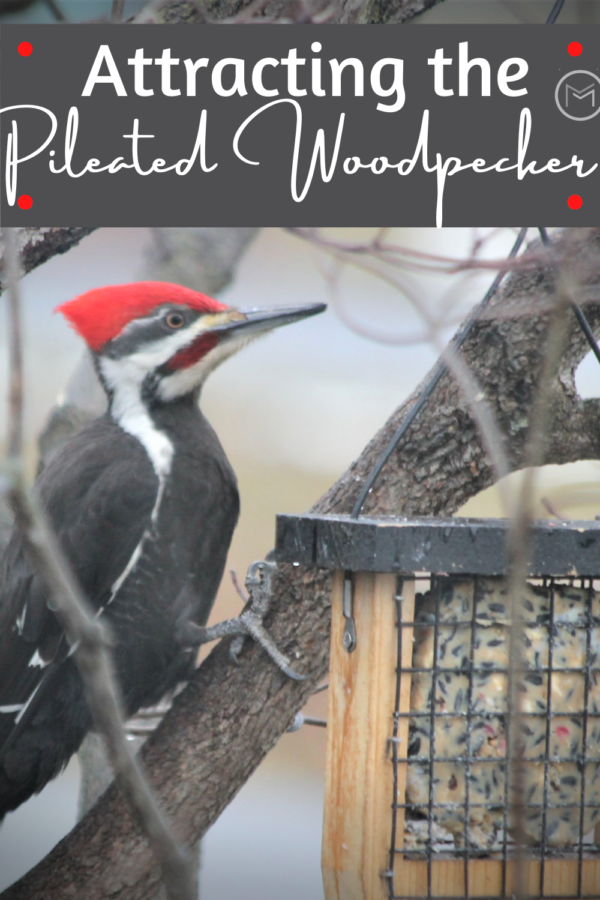
Although, the Pileated Woodpecker loves insects and wild fruit, they also love suet. Yep, suet is the key to attracting the Pileated Woodpecker to your backyard. I’ve used both commercial and homemade suet cakes in my attempt to lure this big guy. He will visit the feeder when it contains the commercial suet, but I see him 4 – 5 times a day when I offer my homemade suet. These pictures are of my big boy eating my homemade suet cake. The female hasn’t visited so far. You can tell the difference between the male and female by the stripes on their cheeks. The male has a red stripe and the female black.
Attracting the Pileated Woodpecker:
Here’s a few of my homemade suet recipes:
Crunchy Apple Raisin Suet Cake Recipe
Carrot Raisin Suet Cake Recipe
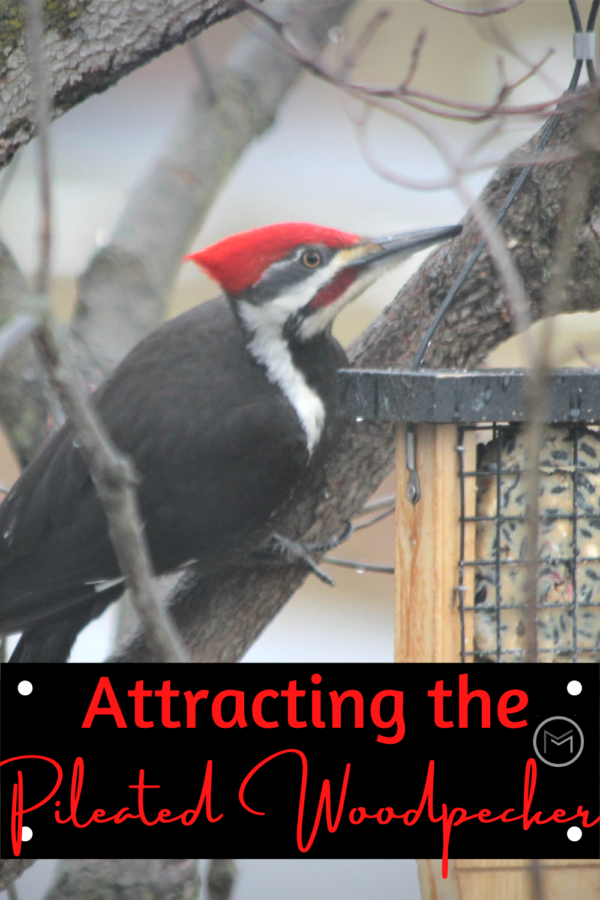
Offering suet during the winter months is a great way to give our feathered friends energy and warmth. It will help them survive the cold winter months.
Also, if your goal is attracting the pileated woodpecker to your backyard, you will need a pileated woodpecker suet cage. If one is unavailable another large long tail suet cage will work. A long tail prop is needed so the woodpecker’s tail feathers can rest while they’re hanging on the cage.
Whip up a batch of my homemade suet cakes, and you will have this beautiful creature devouring them in not time. Stay tuned for additional posts on homemade suet cake recipes.
